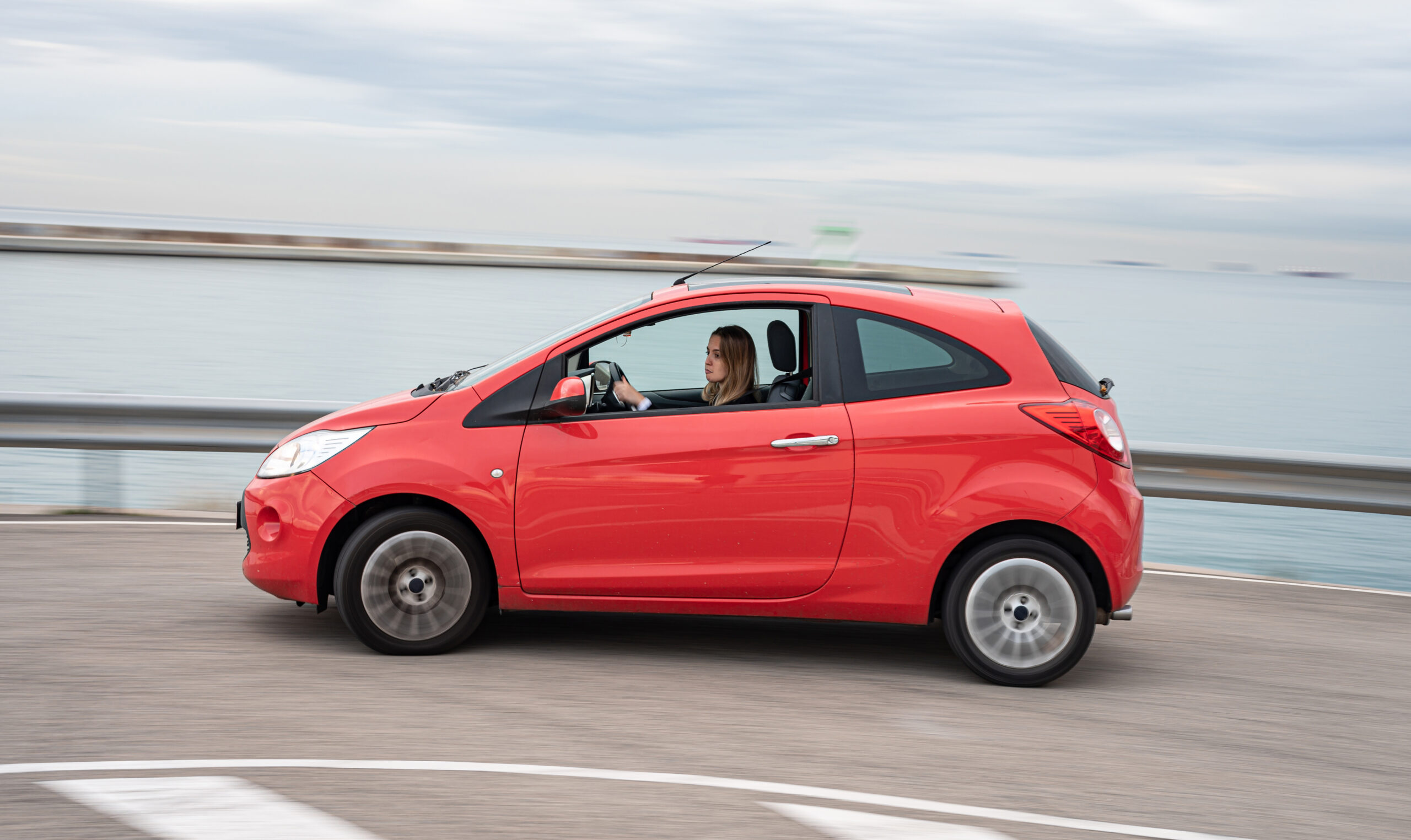Study confirms benefits of graduated driver licensing
A report by TRL – Supporting New Drivers in Great Britain – for the RAC Foundation and the Rees Jeffreys Road Fund has reinforced the case for graduated driver licensing (GDL) to keep new drivers, most of them young, safe in the critical few months after they pass their test.
Some policy makers – including members of parliament sitting on the UK Transport Select Committee which published a report into young and novice driver safety in March 2021– continue to have areas of concerns about GDL including:
- Whether it reduces access to employment and education
- Its impact on those in rural areas
- The difficulty of enforcement
- Whether there are better alternatives such as telematics insurance which uses black box technology to monitor driving style and behaviour
However, having conducted a literature review, interviews with young people in Great Britain and interviews with international experts, the authors (Dr Shaun Helman, Dr Neale Kinnear, Jack Hitchings and Dr Sarah Jones) of the study conclude that:
“…serious adverse impacts are not seen or expected in any of the areas considered. This is because all stakeholders (new drivers, and their friends and families; employers; and service providers) were found to adapt to restrictions, with evidence showing that exemptions and changes in travel patterns help people to maintain the most important elements of their mobility, while still benefiting from well-evidenced improvements in safety.”
Currently, young drivers are disproportionately likely to be involved in a crash, with pre-Covid data showing that almost a quarter (24%) of those killed or seriously injured on Britain’s roads were in a collision involving a young driver (aged 17-24 years old) even though this age group makes up only about 7% of the total driving population.
But international evidence shows that GDL, in one form or another, can reduce collisions and trauma from collisions involving young drivers, by 20-40%.



